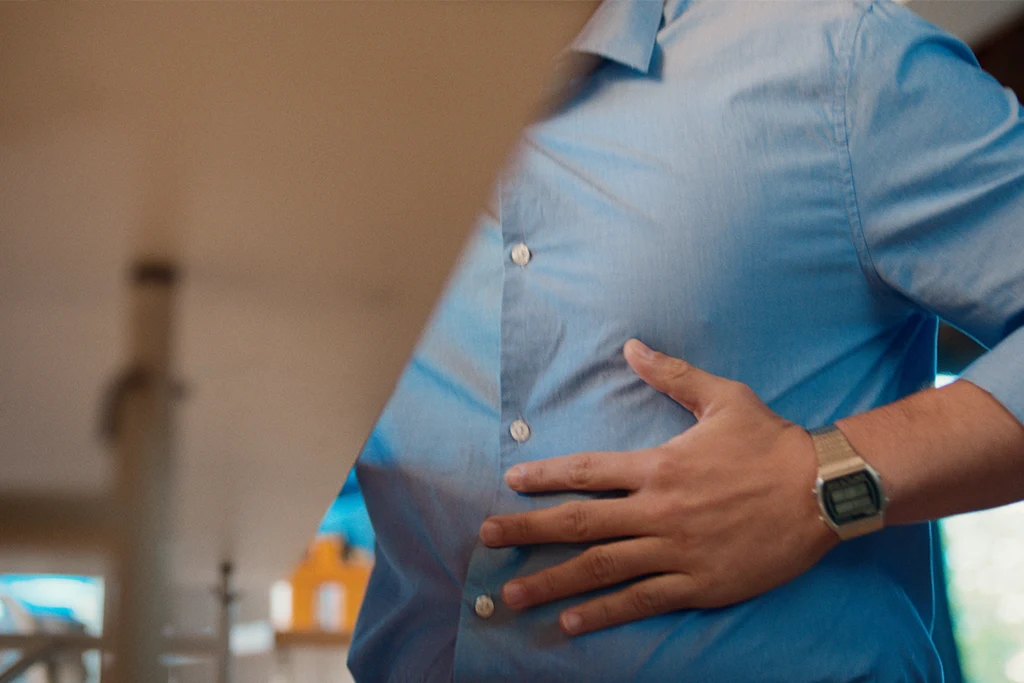The gut-brain axis is the two-way communication between your gut and brain2. It is how your brain “knows” that you are hungry, how your stomach “tells” your brain that it is full, and how your body “knows” to relax and digest the food once you’ve eaten.
But, the gut-brain axis goes beyond digestion. This two-way street between the gut and the brain is also why you may get butterflies in your stomach when you’re nervous, why you feel like your stomach is in knots before an important presentation, and even, for some people, why you may feel the need to poop when frightened1. The thoughts and feelings processed in your brain can also impact the activity of your gut1, 2.
What Does the Gut-Brain Axis Do?
The gut-brain axis helps govern numerous aspects of human health, including2:
- Gastrointestinal motility, i.e., controlling everything that happens with food in your body from the moment you put it in your mouth
- Digestion
- Metabolism
- Energy balance (homeostasis)
- Immunity and protecting the intestines from harmful bacteria
- Stress regulation
Emerging evidence suggests that the gut-brain axis also plays a key role in:
- Emotional regulation1, 2
- Cognition and brain development6
- Mental health2
How Does the Gut-Brain Axis Work?
The gut and the brain are of course, connected anatomically or physically. However, they are also connected through several complex systems and biochemical pathways comprising the gut-brain axis. So let’s break them down.
The gut-brain axis communicates bidirectionally, meaning signals travel between the brain and the gut. This connection is facilitated through the vagus nerve, hormones, and neurotransmitters such as serotonin—remarkably, about 90% of serotonin is produced in the gut. Also, gut microbes are crucial in producing metabolites that can influence brain function and mood.
Through these complex networks of nerves, neurons, glands, and biochemical pathways, the brain can influence clinical and metabolic responses occurring in your gut, and the gut can affect your mood, cognition, and mental health.2.
The Gut-Brain Axis and the Vagus Nerve
The vagus nerve is key in the communitcating between the gut microbiota and the brain5. It communicates information from the emotional and cognitive centers in the brain to the intestines and the gut-brain connection and vice versa.
In the intestines, it regulates the contraction of muscles and the secretion of glands. Overall, the vagus nerve is responsible for governing several processes, including3:
- Digestion
- Heart rate
- Breathing rate
- Swallowing
- Vomiting
The connection also goes both ways. Not only does our gut microbiota influence our mood, but intense emotions can also affect our gut health.



.webp 0w)
.webp 0w)




.webp)

.webp)






